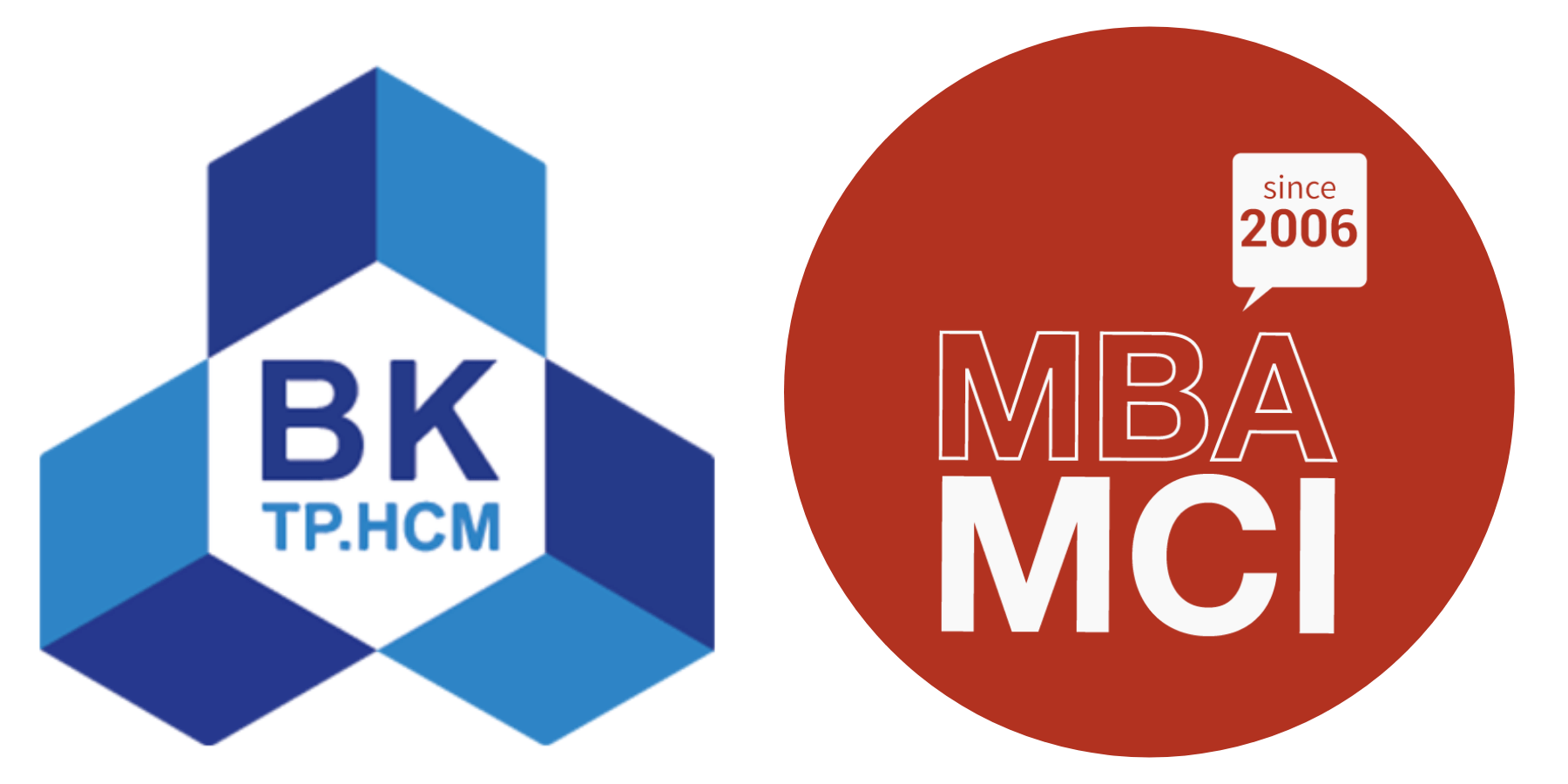For centuries, cursive handwriting has been an art. To a growing number of young people, it is a mystery.

Peter Stevenson for The New York Times
Megan Porter of Brownsburg, Ind., is in the third grade, the last year of cursive training in many school districts.
Readers’ Comments
“The majority of students cannot write in cursive, nor can they read it. At the same time, their printing skills are awful. Not only is it difficult for me to read, they themselves often cannot read back their own notes.”
Teacher, NJ
The sinuous letters of the cursive alphabet, swirled on countless love letters, credit card slips and banners above elementary school chalk boards are going the way of the quill and inkwell. With computer keyboards and smartphones increasingly occupying young fingers, the gradual death of the fancier ABC’s is revealing some unforeseen challenges.
Might people who write only by printing — in block letters, or perhaps with a sloppy, squiggly signature — be more at risk for forgery? Is the development of a fine motor skill thwarted by an aversion to cursive handwriting? And what happens when young people who are not familiar with cursive have to read historical documents like the Constitution?
Jimmy Bryant, director of Archives and Special Collections at the University of Central Arkansas, says that a connection to archival material is lost when students turn away from cursive. While teaching last year, Mr. Bryant, on a whim, asked students to raise their hands if they wrote in cursive as a way to communicate. None did.
That cursive-challenged class included Alex Heck, 22, who said she barely remembered how to read or write cursive. Ms. Heck and a cousin leafed through their grandmother’s journal shortly after she died, but could barely read her cursive handwriting.
“It was kind of cryptic,” Ms. Heck said. She and the cousin tried to decipher it like one might a code, reading passages back and forth. “I’m not used to reading cursive or writing it myself.”
Students nationwide are still taught cursive, but many school districts are spending far less time teaching it and handwriting in general than they were years ago, said Steve Graham, a professor of education at Vanderbilt University. Most schools start teaching cursive in third grade, Professor Graham said. In the past, most would continue the study until the fifth or sixth grades — and some to the eighth grade — but many districts now teach cursive only in third grade, with fewer lessons.
“Schools today, we say we’re preparing our kids for the 21st century,” said Jacqueline DeChiaro, the principal of Van Schaick Elementary School in Cohoes, N.Y., who is debating whether to cut cursive. “Is cursive really a 21st-century skill?”
With schools focused on preparing students for standardized tests, there is often not enough time to teach handwriting, educators said.
“If you’re a school or a teacher, you can bet that if kids are being tested on it, that it’s going to receive a priority emphasis in your curriculum,” Professor Graham said.
Sandy Schefkind, a pediatric occupational therapist in Bethesda, Md., and pediatric coordinator for the American Occupational Therapy Association, said that learning cursive helped students hone their fine motor skills.
“It’s the dexterity, the fluidity, the right amount of pressure to put with pen and pencil on paper,” Ms. Schefkind said, adding that for some students cursive is easier to learn than printing.
While printing might be legible, the less complex the handwriting, the easier it is to forge, said Heidi H. Harralson, a graphologist in Tucson. Even though handwriting can change — and become sloppier — as a person ages, people who are not learning or practicing it are at a disadvantage, Ms. Harralson said.
“I’m seeing an increase in inconstancy in the handwriting and poor form level — sloppy, semi-legible script that’s inconsistent,” she said.
Most everyone has a cursive signature, but even those are getting harder to identify, Ms. Harralson said.
“Even people that didn’t learn cursive, they usually have some type of cursive form signature, but it’s not written very well,” she said. “It tends to be more abstract, illegible and simplistic. If they’re writing with block letters it’s easier to forge.”
Sally Bennett, an 18-year-old freshman at Central Arkansas, signs her name in all capital letters and never gave any thought to it until she took the ACT college entrance exam. Students must copy a prompt, with explicit instructions that they do not print. So the classroom of test-takers tried cursive, Ms. Bennett said.
“Some people in there couldn’t remember,” she said. “I had to think about it for a minute. It was kind of hard for me to remember.”
An ACT spokesman said he was not familiar with a cursive requirement. A spokeswoman for the SAT — for which only 15 percent of students wrote the essay portion in cursive in 2007 — said students must also copy a paragraph.
“Students are instructed not to print the statement,” the spokeswoman, Kathleen Steinberg, said in an e-mail.
Richard S. Christen, a professor of education at the University of Portland in Oregon, said, practically, cursive can easily be replaced with printed handwriting or word processing. But he worries that students will lose an artistic skill.
“These kids are losing time where they create beauty every day,” Professor Christen said. “But it’s hard for me to make a practical argument for it. I’m not one who’s mourning it because of that; I’m mourning the beauty, the aesthetics.”
This article has been revised to reflect the following correction:
Correction: April 28, 2011
An earlier version of this article mistakenly referred to the University of Central Arkansas as Central Arkansas University.




